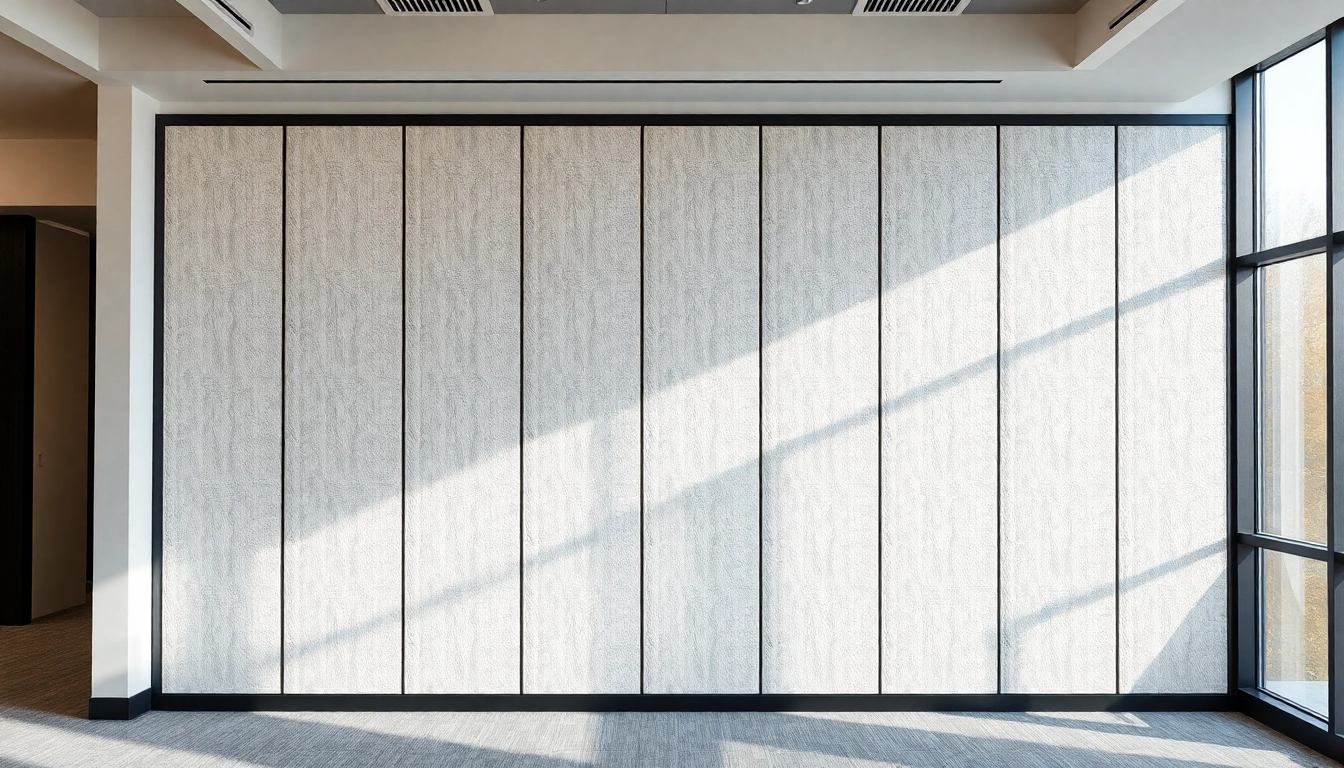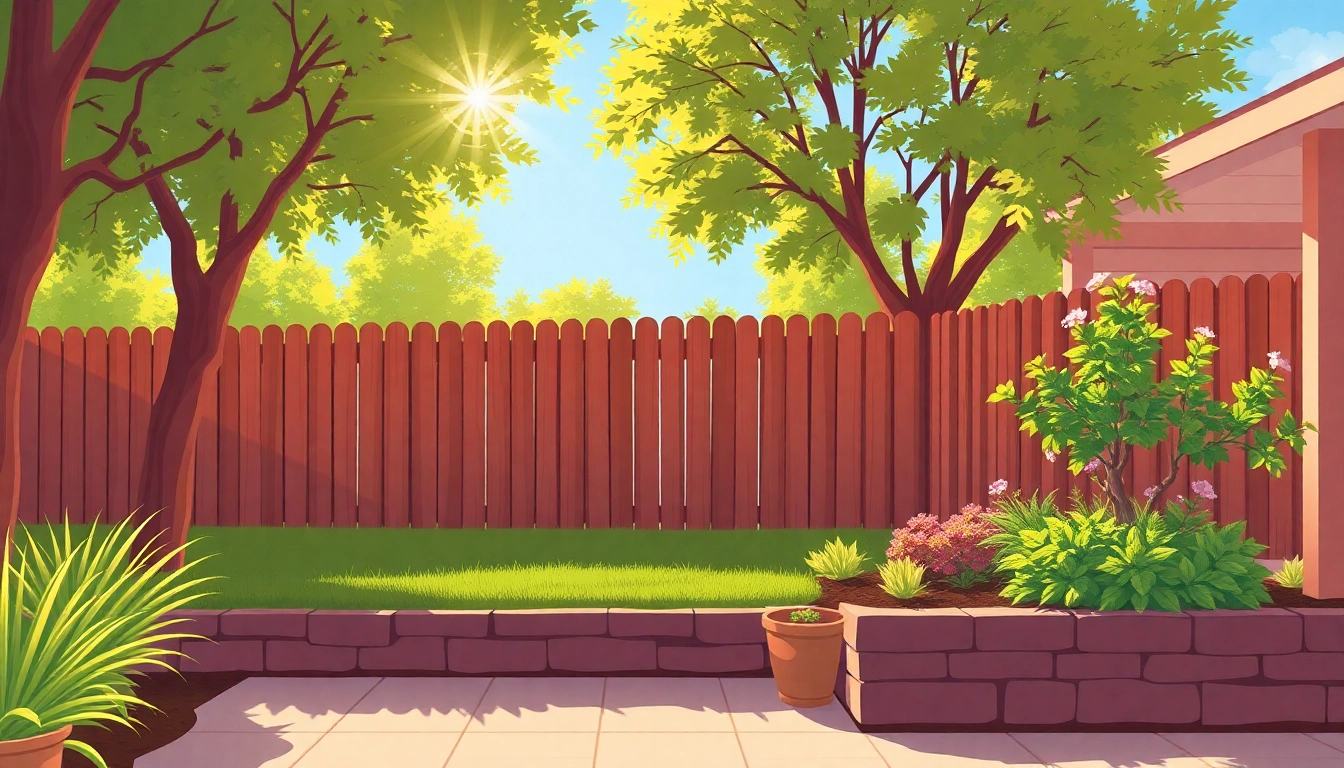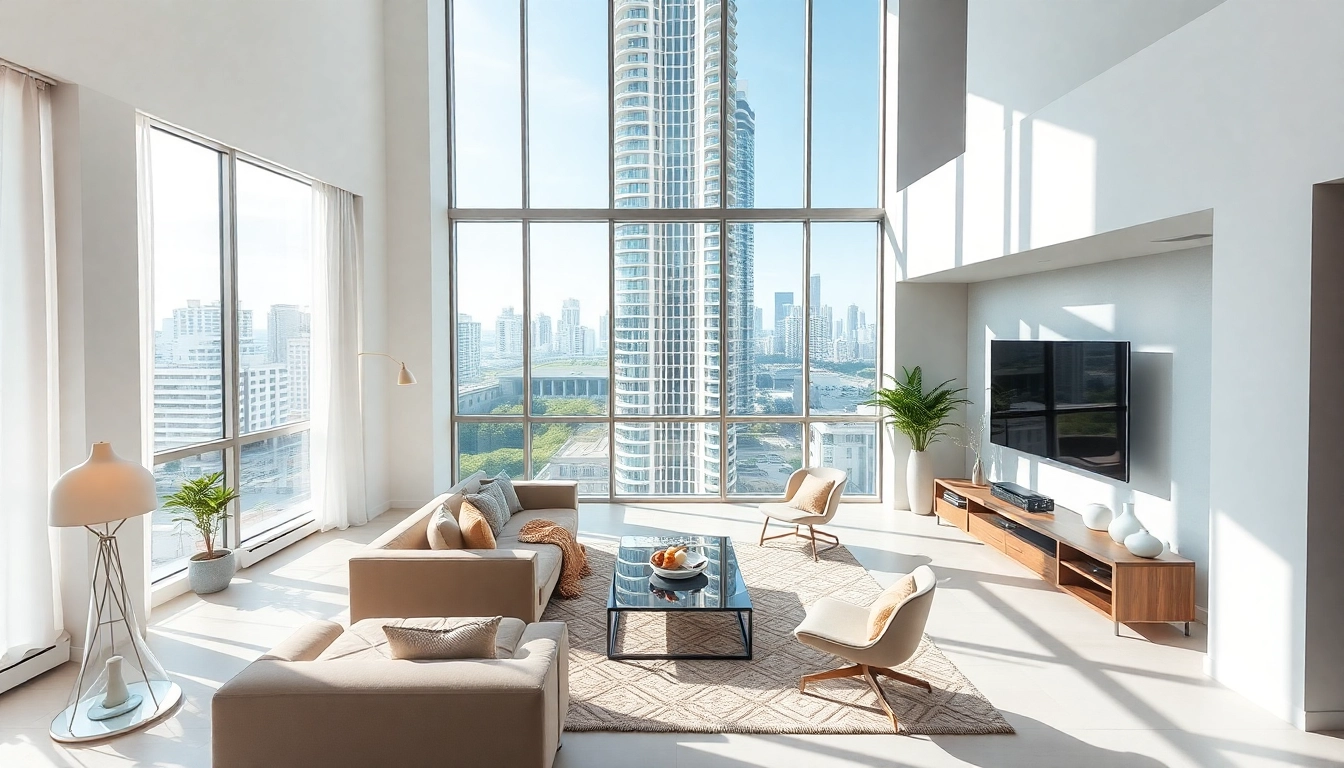Introduction to Folding Partition Walls
Folding partition walls offer a versatile and functional solution for optimizing space in various environments. These walls can transform an open area into individual rooms, providing privacy, sound control, and aesthetic appeal. Whether in a commercial setting, a private home, or a public venue, the adaptability of a Folding Partition Wall can significantly enhance usability and efficiency. This article discusses the types and benefits of folding partition walls, insights on installation, maintenance, and real-life applications showcasing their potential.
What is a Folding Partition Wall?
A folding partition wall is a movable wall system designed to separate spaces while maintaining flexibility in configuration. These walls can fold back to create open spaces or expand outward to define separate areas, making them ideal for a range of applications from conference rooms to educational environments. They typically consist of lightweight materials and can be operated manually or automatically, depending on the design and intended functionality.
Benefits of Using Folding Partition Walls
Folding partition walls come with several advantages that make them a compelling choice for space management:
- Space Optimization: By allowing for the dynamic reconfiguration of space, folding partition walls enable the effective use of square footage.
- Flexibility: These walls can be opened or closed depending on the needs of the moment, providing solutions for both small gatherings and larger events.
- Cost-Effective: Instead of undergoing costly renovations or installations of permanent walls, folding partitions provide an economical alternative for temporary or long-term use.
- Acoustic Control: Many folding partition systems include soundproof capabilities, creating quiet environments suitable for meetings or learning.
- Customizability: Folding partition walls can be custom-designed to match the aesthetics of any environment, providing both function and style.
Common Applications in Various Settings
The flexible nature of folding partition walls allows them to be utilized in numerous settings:
- Offices: Ideal for creating meeting rooms from open floor plans, promoting collaboration without sacrificing privacy.
- Educational Institutions: Useful for transforming auditoriums or gymnasiums into classrooms or separate activity areas.
- Hospitality Venues: Commonly seen in conference centers and hotels for creating versatile event spaces.
- Residential Spaces: These walls can be used to convert a single large room into multiple smaller areas, enhancing functionality.
Types of Folding Partition Walls Available
Accordion vs. Sliding Folding Partition Walls
There are primarily two types of folding partition walls: accordion and sliding systems. Accordion systems fold inwards and are often used for their ease of operation in smaller spaces. These walls compress to one side when opened, thus taking up minimal space. Alternatively, sliding systems move along a track and offer a more expansive opening. These are usually preferred for larger spaces where wide openings are essential for traffic flow.
Soundproof Options for Enhanced Privacy
For environments where noise control is crucial, soundproof options are available. These walls utilize advanced materials that absorb sound, providing a significant reduction in noise transmission. This is particularly important in office environments or learning spaces where concentration is key.
Custom Designs and Aesthetics
Folding partition walls can be customized in various finishes and materials. From wood and fabric to glass and metal, these walls can complement the design scheme of any space. Businesses and homeowners enjoy the flexibility of having partitions that not only serve functional purposes but also enhance the aesthetic quality of their interiors.
Installation Process for Folding Partition Walls
Choosing the Right Location
Identifying the ideal location for the installation of folding partitions is crucial. Considerations should include the intended use of the space, environmental acoustics, and accessibility requirements. The best location should allow for maximum usability while ensuring that the partition operates smoothly without obstructions.
Tools and Materials Needed
The installation of folding partition walls typically requires a few essential tools and materials. These may include:
- Measuring tape
- Drill and drill bits
- Screwdrivers
- Level
- Mounting brackets and hardware
- Stud finder (if applicable)
- Safety gear, including goggles and gloves
Step-by-Step Installation Guide
Here’s a general guide to help you install folding partition walls:
- Measure the Area: Start by accurately measuring the area where the partition will be installed. This will ensure proper fitting.
- Mark the Track Location: Using a pencil, mark where the top and bottom tracks will be placed, ensuring they are level.
- Install the Tracks: Using the drill, secure the top and bottom tracks in position with the appropriate screws and brackets.
- Attach the Wall Panels: Carefully attach each wall panel to the tracks following the manufacturer’s instructions.
- Test the Operation: Once the panels are installed, test the opening and closing mechanism to ensure smooth operation.
- Finishing Touches: Finally, check for any adjustments or touch-ups needed to complete installation.
Maintaining Your Folding Partition Wall
Cleaning and Care Tips
To ensure the longevity of your folding partition walls, regular maintenance is key. Here are some cleaning and care tips:
- Dust or wipe surfaces regularly to prevent buildup and maintain aesthetic appeal.
- Inspect tracks for debris and obstructions; cleaning them will enhance the smooth functionality of the wall.
- Use appropriate cleaning solutions based on the materials (e.g., glass cleaner for glass panels, fabric cleaner for upholstered surfaces).
Common Issues and Troubleshooting
As with any installed mechanism, issues can arise. Here are common problems and potential fixes:
- Sticking or Jammed Panels: Often caused by debris in the tracking system; ensure regular cleaning.
- Misalignment: Check mounting brackets and tracks for proper alignment to ensure panels operate smoothly.
- Noise During Operation: This could indicate a need for lubrication. Adding a silicone-based lubricant can help.
When to Seek Professional Help
If significant issues arise that cannot be resolved through simple troubleshooting, it is advisable to seek professional assistance. Experts can diagnose problems more accurately and provide appropriate solutions, ensuring the integrity of the partition system is maintained.
Real-Life Examples and Case Studies
Successful Office Transformations
Many companies have embraced folding partition walls to create flexible workspaces. For instance, a tech startup in San Francisco transformed its open office layout using these partitions. They allowed for on-the-fly adjustments of work areas, enhancing collaboration among team members while maintaining private spaces for focused work.
Residential Spaces Using Folding Partition Walls
Homeowners have similarly benefited from installing folding partitions. A family in a suburban area utilized these walls to convert a playroom into a guest room when needed. This versatility allowed them to maximize their living space without compromising the aesthetics of their home.
Comparing Cost-Effectiveness Across Different Designs
In terms of cost, folding partitions offer a competitive edge compared to traditional renovations. They often require lower initial investment and can adapt as needs change, saving on future remodeling costs. By analyzing various scenarios, businesses and homeowners can observe that the use of folding partitions can lead to significant financial savings while enhancing space utilization.



